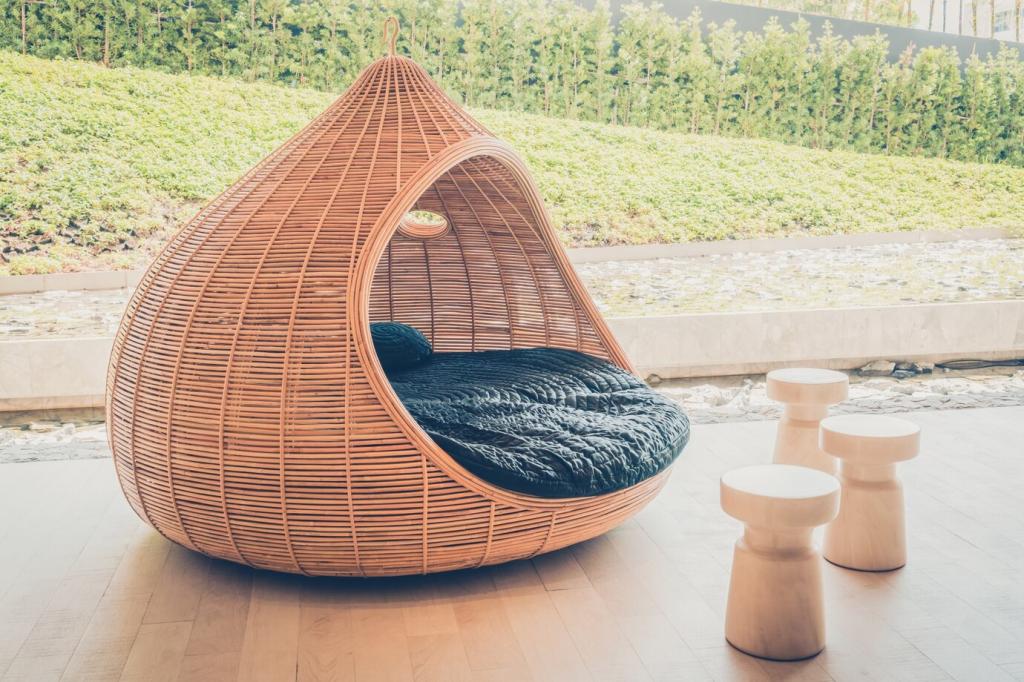Chosen theme: Water-Based Adhesives in Furniture Making. Step into a cleaner, safer, and remarkably reliable way to build furniture—where strong bonds, low odor, and responsible materials meet real-shop practicality.
Why Water-Based Adhesives Matter in Modern Furniture Shops
Water-based adhesives dramatically cut volatile organic compounds, reducing headaches, lingering odors, and ventilation burdens. That shift improves comfort and focus in the shop, especially during long glue-up days. Share your experience below and subscribe for weekly insights on breathable, effective bonding strategies for real furniture workflows.

Open-grained woods like oak absorb more adhesive into pores, demanding proper spread rates and glue line control. Dense maples need careful clamping to ensure full wetting. Tell us which species challenge you most, and subscribe to get species-specific cheat sheets for water-based formulations.
Matching Adhesive to Wood Species and Joint Design
Crosslinking water-based PVAs and specialized aliphatic resins excel in thin veneer bonds and bent laminations. Proper coverage prevents dry spots, while even pressure curbs telegraphing. Share your lamination setups and we will break down film weights and press times that maintain spring-back control.
Matching Adhesive to Wood Species and Joint Design
Surface Preparation and Moisture Management
Aim for wood near local equilibrium moisture content to limit movement and stress at the glue line. Simple pin meters help avoid surprises. If you track seasonal swings, tell us your range; we will share regional moisture maps to help time glue-ups more confidently.
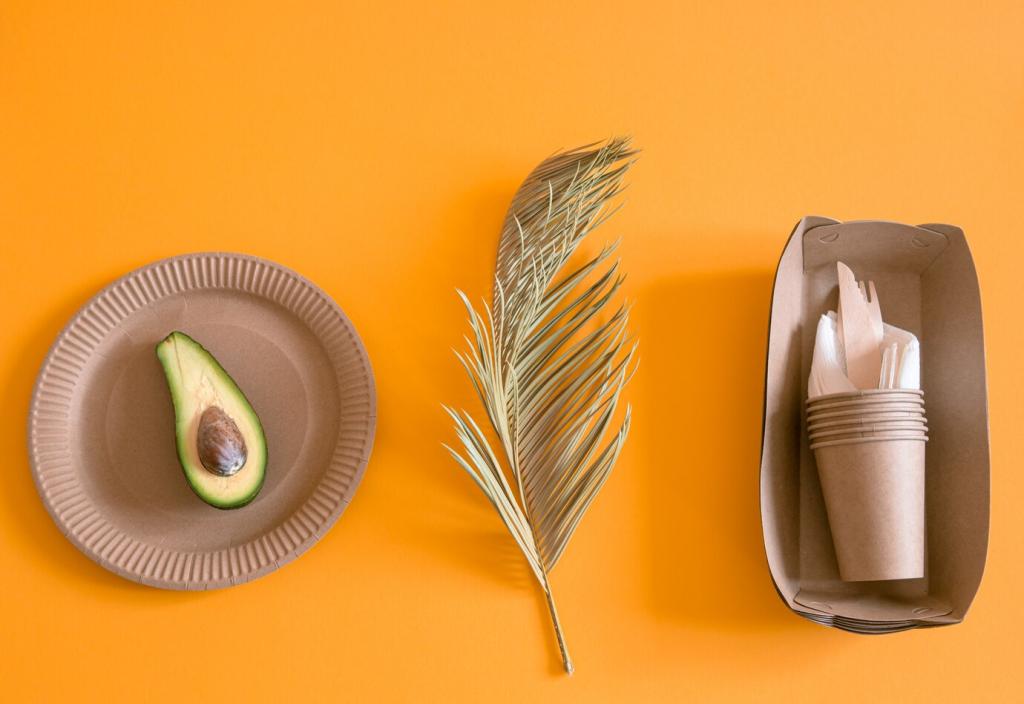
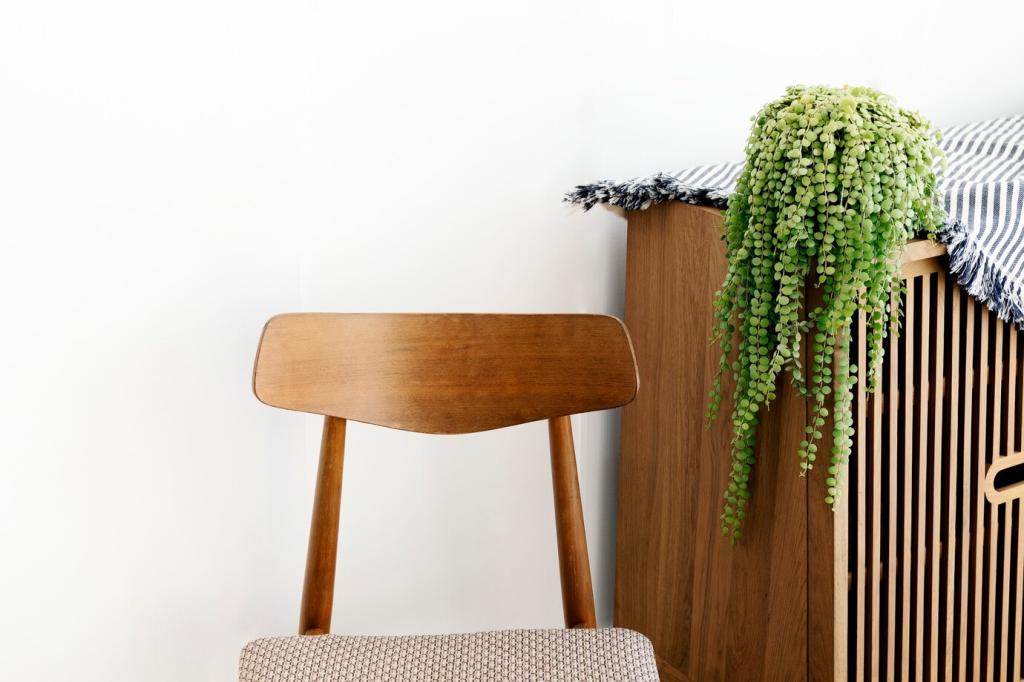
Surface Preparation and Moisture Management
Overly fine sanding can burnish hardwoods, reducing penetration; 120–180 grit often balances texture and fit. Test scrap joints before production. Comment with your grit choices by species, and subscribe for our upcoming guide on preparing oily exotics for water-based success.

This is the heading
Lorem ipsum dolor sit amet, consectetur adipiscing elit. Ut elit tellus, luctus nec ullamcorper mattis, pulvinar dapibus leo.

This is the heading
Lorem ipsum dolor sit amet, consectetur adipiscing elit. Ut elit tellus, luctus nec ullamcorper mattis, pulvinar dapibus leo.
Clamping, Curing, and Verifying Bond Strength
Clamp Pressure and Timing
Uniform pressure seats parts and squeezes out excess without starving the joint. Follow adhesive guidelines; open and clamp times shift with temperature. If spring-back haunts your laminations, tell us your setup. We will help fine-tune pressure, cauls, and timing for consistent results.
Simple Shop Tests for Confidence
Shear and peel tests on offcuts reveal more than marketing sheets. Break your samples and study where failure occurs—adhesive, wood, or interface. Share test photos, and subscribe for step-by-step testing protocols that translate lab concepts into trustworthy shop routines.
A Lesson From a Rushed Glue-Up
An apprentice unclamped dining chair rails early to meet a deadline. Overnight, subtle joint movement appeared. They re-glued, adjusted clamp time, and added cauls; problem solved. Share your near-misses, and we will compile a reader-driven checklist for curing discipline with water-based systems.
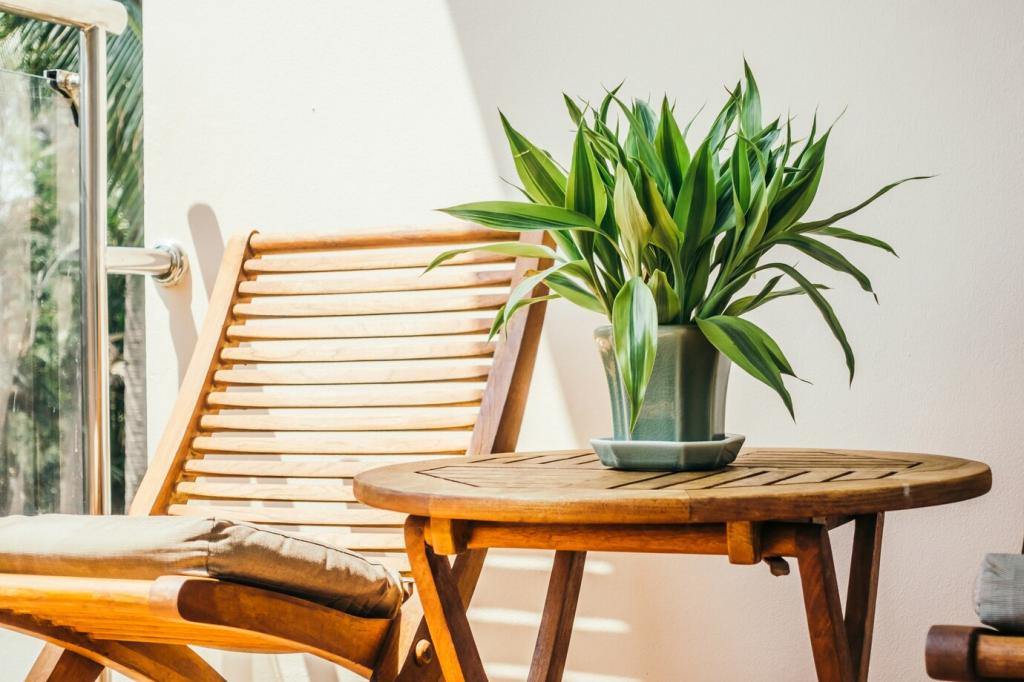
Squeeze-out sealed under finish causes light patches. Use minimal, controlled application and clean promptly with a damp cloth, then re-sand. Tell us your finishing schedule, and subscribe for a stain-compatibility chart focused on water-based adhesives and waterborne topcoats.
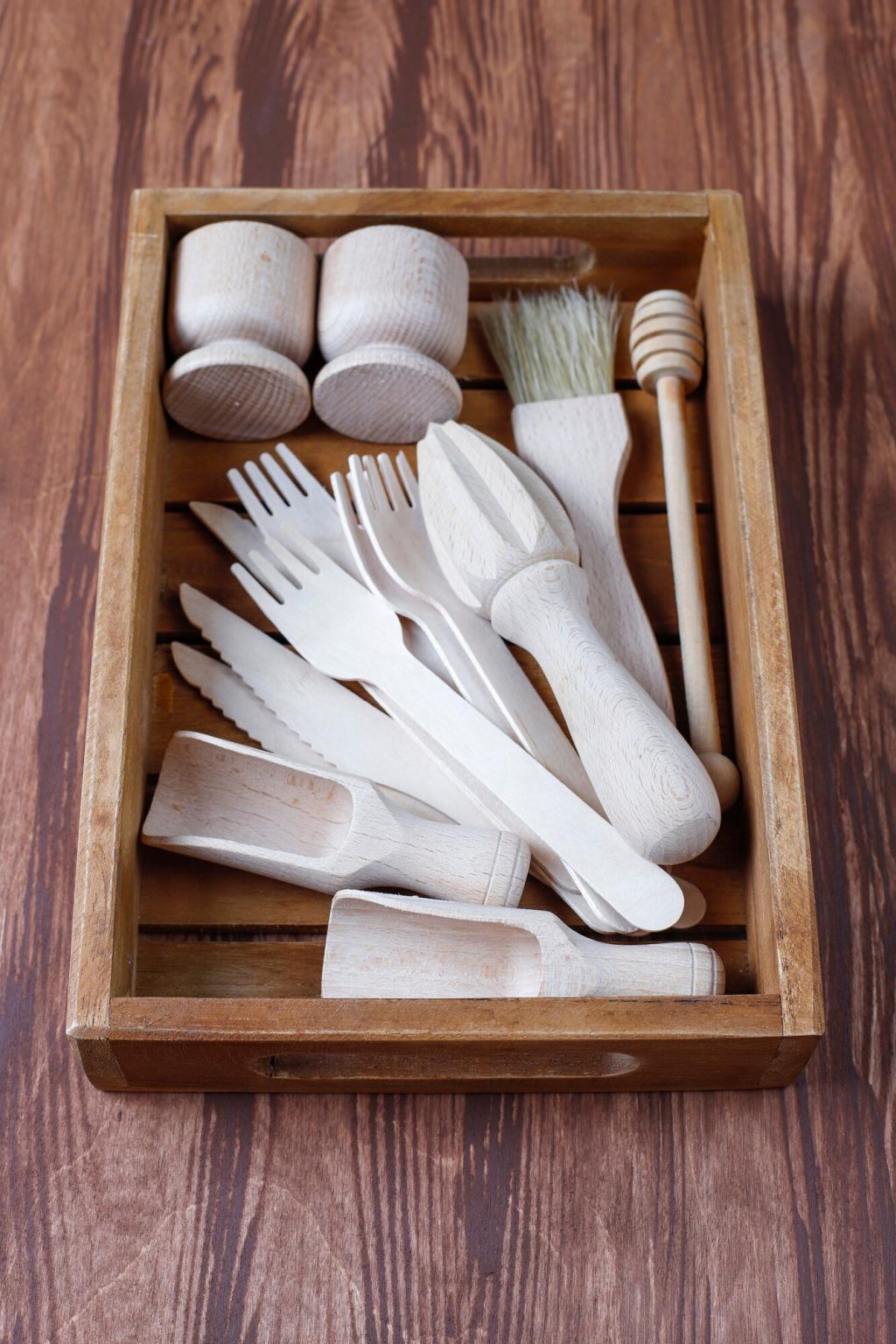
Water cleanup saves solvents and time. Let leftover adhesive cure before disposal, and avoid washing large quantities into drains. Share your eco-habits, and we will feature the best low-waste routines that align with water-based products and busy production calendars.
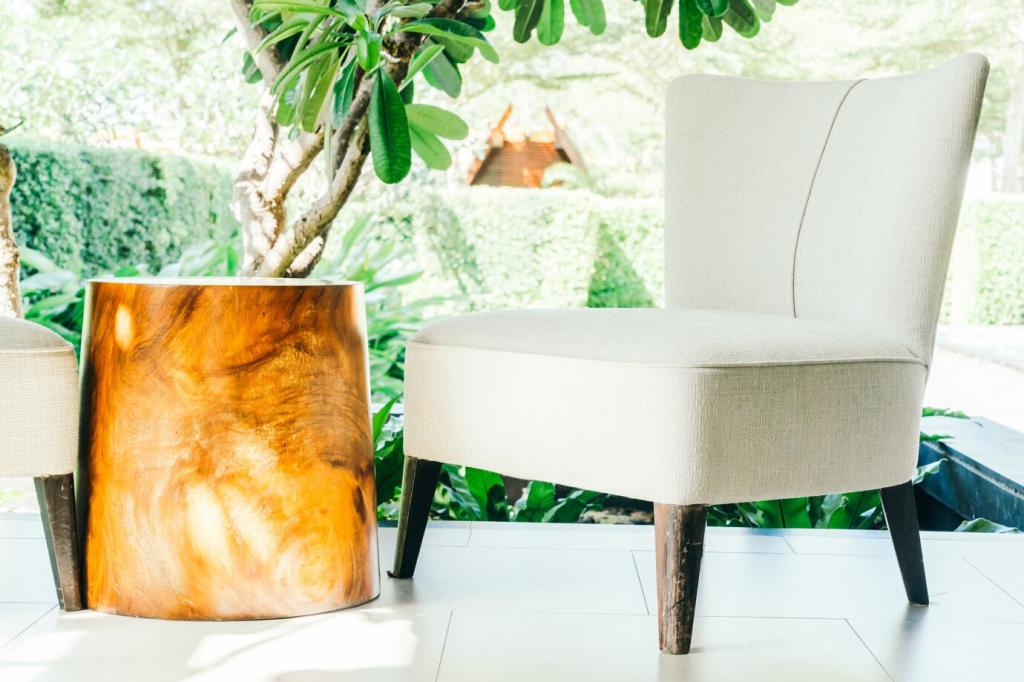
Low-VOC claims resonate when paired with recognized labels and transparent safety data. Educate clients about clean-air benefits without techno-jargon. Post your signage ideas, and join our newsletter for a plain-language toolkit that connects water-based adhesives to healthier homes.
Troubleshooting and Pro Tips for Water-Based Success
Select crosslinking variants for higher heat and creep resistance, especially on stressed chairs and cabinets. Ensure full cure before loading. Share your most demanding applications, and we will map adhesive choices to stress profiles so your furniture stays tight through seasons.
Do not let your adhesive freeze, and avoid extreme heat. Mark open dates, seal caps, and gently stir rather than shaking to reduce bubbles. Post your storage constraints, and subscribe for shelf-life trackers designed specifically for water-based glue inventories.
If a joint fails, diagnose root causes: surface prep, moisture, fit, film weight, pressure, or cure time. Document and adjust one variable at a time. Share a failure story in the comments, and we will respond with a tailored checklist to get your process back on track.
